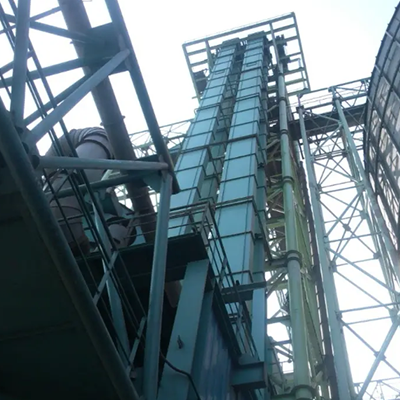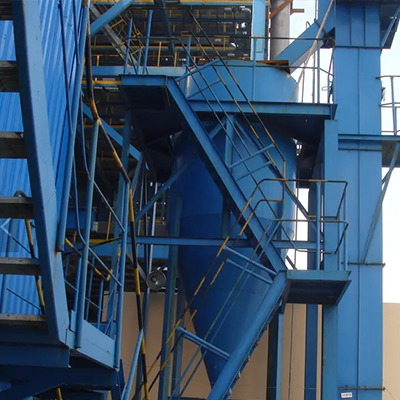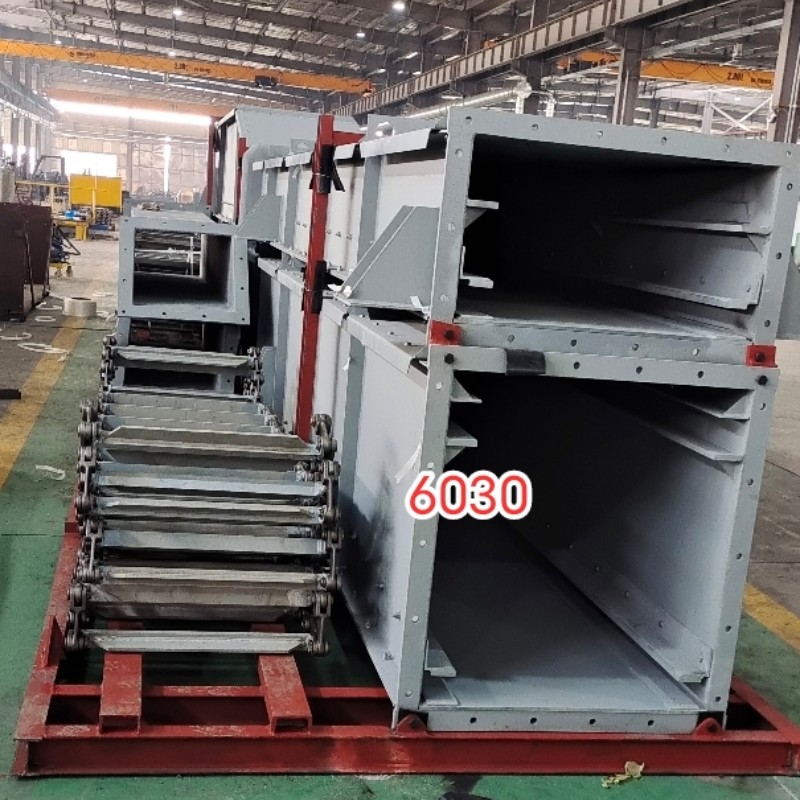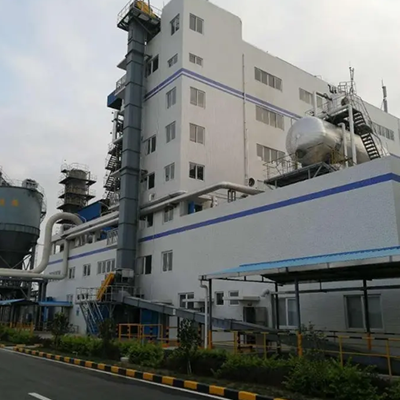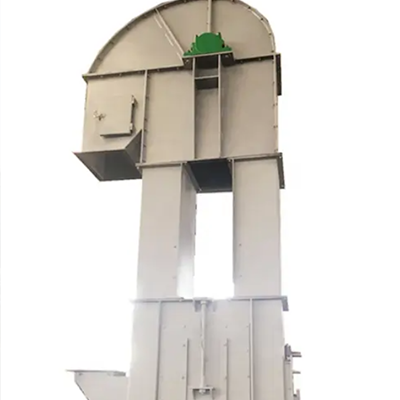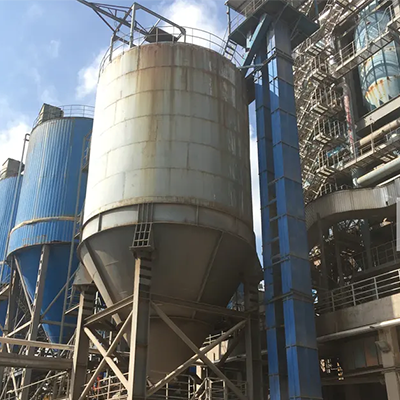
Bulk Material Handling Solutions
Bulk Material Handling Solutions encompass the design, engineering, and implementation of systems and equipment to efficiently transport, store, and manage bulk materials. These solutions are tailored to specific industries and material properties, ensuring seamless operations, reduced costs, and improved safety in material handling processes.
Key Elements of Bulk Material Handling Solutions
- Material Transport:
- Systems for moving materials horizontally, vertically, or over long distances.
- Examples: Conveyors, bucket elevators, pneumatic transport.
- Storage Solutions:
- Temporary or long-term storage in silos, hoppers, bins, or warehouses.
- Includes automated systems for inventory management.
- Feeding and Metering:
- Controlled delivery of materials into processing equipment or packaging systems.
- Examples: Vibratory feeders, weigh belts, rotary valves.
- Loading and Unloading:
- Systems for transferring materials to and from trucks, trains, ships, or silos.
- Examples: Screw unloaders, loading spouts, stackers, reclaimers.
- Blending and Mixing:
- Homogenizing materials for consistent quality.
- Applications: Cement production, chemical processing, food manufacturing.
- Dust Control and Environmental Compliance:
- Systems to minimize dust, spillage, and emissions.
- Examples: Enclosures, bag filters, dust suppression systems.
Solutions by Industry
- Agriculture:
- Grain silos, seed conveyors, automated storage and retrieval systems.
- Dust-free handling for environmental compliance.
- Mining:
- High-capacity conveyors for transporting ores and minerals.
- Heavy-duty feeders for abrasive materials.
- Cement and Construction:
- Solutions for handling raw materials like limestone, clay, and aggregates.
- High-efficiency blending and mixing systems for cement production.
- Power Generation:
- Ash handling systems, coal conveyors, and storage silos.
- Pneumatic or drag chain conveyors for fly ash.
- Waste-to-Energy:
- Bottom ash and fly ash handling systems.
- Systems for residual material recovery and disposal.
- Food and Beverage:
- Hygienic conveyors for grains, sugar, or flour.
- Automated bagging, weighing, and metering systems.
- Chemical and Pharmaceutical:
- Enclosed pneumatic systems for fine powders and granules.
- Blending and batching systems for precision mixing.
Benefits of Bulk Material Handling Solutions
- Increased Productivity:
- Automated systems reduce manual labor and increase throughput.
- Cost Savings:
- Efficient transport and storage systems lower operational costs.
- Improved Safety:
- Reduced risk of accidents with enclosed and automated equipment.
- Scalability:
- Flexible designs to accommodate future expansion.
- Environmental Protection:
- Dust control systems ensure compliance with environmental regulations.
Components of a Tailored Solution
- Material Analysis:
- Assess material characteristics (e.g., flowability, density, abrasiveness) to design the right system.
- Customized Equipment:
- Design conveyors, feeders, and storage units tailored to material properties and facility layout.
- System Integration:
- Ensure seamless interaction between all components for smooth operation.
- Automation and Control:
- Include advanced controls for real-time monitoring, adjustments, and diagnostics.
- Maintenance Planning:
- Design systems for easy maintenance, reducing downtime.
Advanced Technologies in Bulk Material Handling
- IoT and Industry 4.0:
- Real-time data collection for predictive maintenance and system optimization.
- Energy-Efficient Designs:
- Variable speed drives, low-friction components, and optimized layouts.
- Smart Sensors:
- Monitor belt alignment, material flow rates, and system performance.
- Modular Systems:
- Easy to assemble, expand, or reconfigure based on changing needs.
Case Study Example: Waste-to-Energy Plant in China
For waste-to-energy plants:
- Challenge: Efficiently handle bottom ash and fly ash from incineration.
- Solution: Installed bottom ash handling systems with drag chain conveyors and fly ash pneumatic conveying systems. The design minimized dust emissions and met strict environmental standards.
- Result: Reduced maintenance costs and improved operational efficiency.
Would you like tailored recommendations for your industry or assistance designing a specific solution? Let me know your material type, capacity, or operational challenges!
Write your message here and send it to us



